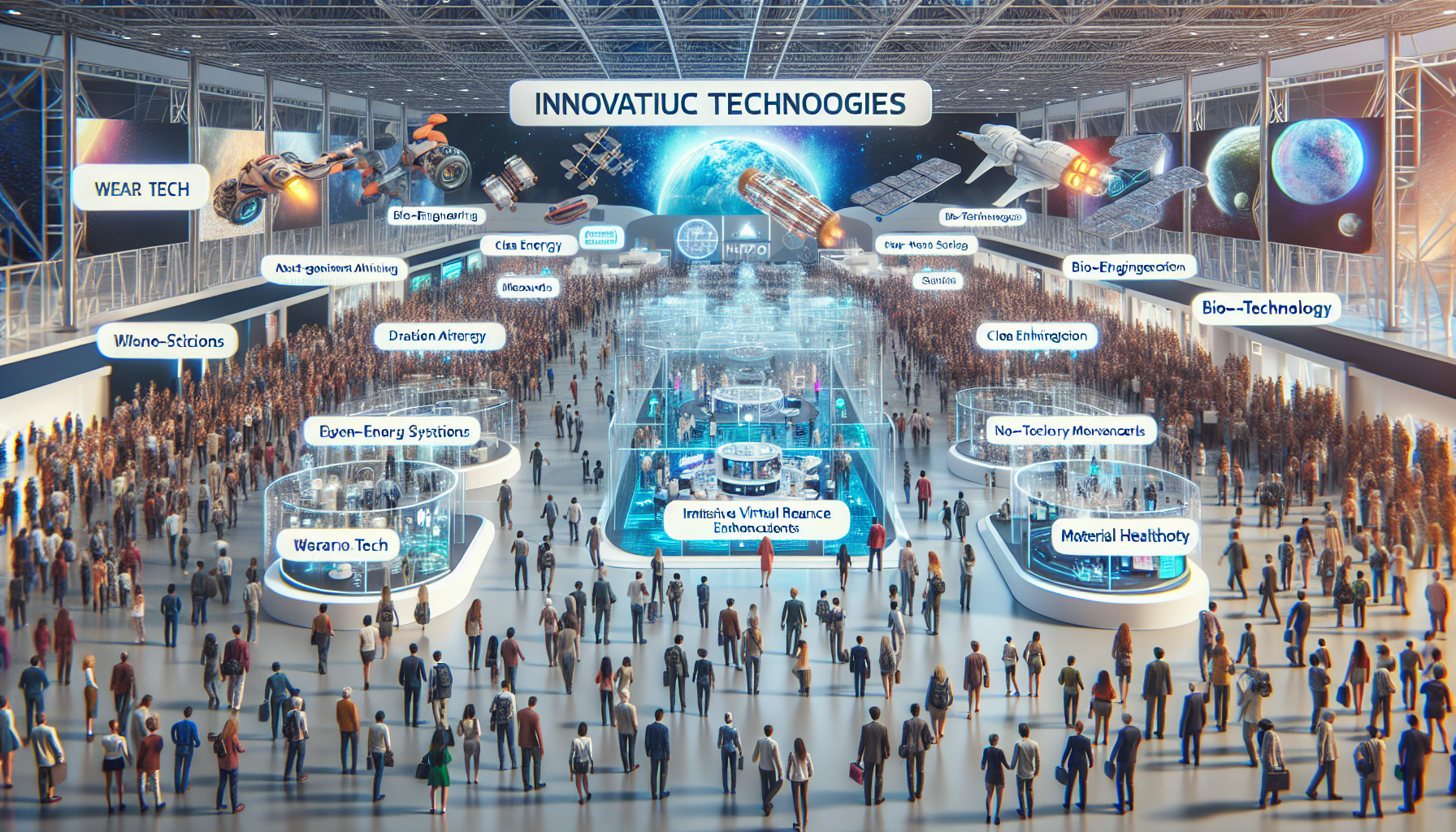10 Innovative Technologies to Keep an Eye on in 2025: Crafting the Future of Advancement
Technology is progressing at an extraordinary rate, and 2025 is anticipated to be a pivotal year. From state-of-the-art telescopes to autonomous taxis and compact AI models, revolutionary advancements are poised to transform industries and enhance quality of life. Drawing from expert forecasts, here’s an in-depth look at the top 10 innovative technologies to monitor in 2025.
The Vera C. Rubin Observatory: An In-Depth Exploration of the Universe
Situated in Chile, the Vera C. Rubin Observatory is set to initiate its extensive survey of the southern sky in 2025. This robust telescope will provide new opportunities for astronomers to investigate dark matter, the Milky Way, and the vast universe.
Operational Insights
The observatory will gather high-quality images of the night sky every few days, constructing a detailed and evolving map of the cosmos. Its main objective includes probing the enigmatic dark matter and dark energy that constitute much of the universe.
Significance
This goes beyond being merely an astronomical instrument—it’s a significant step toward resolving some of the most profound mysteries regarding the origins and development of our universe. The Vera C. Rubin Observatory will also act as a global hub for researchers and space aficionados.
Generative AI Search: Transforming Information Discovery
Generative AI search is on track to revolutionize information retrieval in 2025, simplifying the process like never before. Unlike conventional search engines, generative AI employs machine intelligence to deliver highly contextualized and personalized outcomes.
Core Advantages
- Effectiveness: Searches will provide more detailed and accurate responses.
- On-Device Solutions: Generative AI will facilitate seamless integration with personal gadgets, enhancing user experience and privacy.
- Use Cases: From education to e-commerce, it has the potential to dramatically alter our engagement with the digital realm.
Compact Language Models: Making Artificial Intelligence More Accessible
While large AI frameworks like GPT-4 have captured headlines, smaller language models are emerging as a budget-friendly and accessible alternative. These models are designed to be efficient yet powerful, making them perfect candidates for wider adoption.
Benefits of Compact AI Models
- Affordability: Lower computational needs render them accessible for smaller enterprises and individuals.
- Adaptability: Despite their size, they can undertake a diverse range of functions, from content creation to customer assistance.
- Inclusivity: By reducing obstacles to AI integration, compact language models could ignite innovation across various sectors.
Robotaxis: The Autonomous Innovation on Our Roads
Self-driving vehicles, especially robotaxis, are set to transform urban transportation. After extensive beta testing, companies like Waymo are broadening trials to additional cities, indicating that 2025 may be the year for significant adoption.
What Sets Robotaxis Apart?
- Security: Sophisticated AI technologies enhance safety compared to human-operated vehicles.
- Eco-Friendliness: Many robotaxis are electric, aiding in the reduction of emissions.
- Ease of Use: They promise a future where transportation is more accessible, especially for individuals who do not drive.
Rapid-Learning Robots: The Emergence of Intelligent Machines
Envision robots that can learn new skills almost immediately. By 2025, rapid-learning robots are anticipated to be a reality. Companies like Foxconn are already investigating the potential of humanoid robots to boost production efficiency.
Possible Uses
- Manufacturing: Robots can be utilized in factories for various tasks with minimal downtime.
- Healthcare: They could perform surgeries, assist in patient care, and aid in diagnostics.
- Household Applications: From cleaning tasks to cooking, these robots could revolutionize everyday activities.
Effective Stem-Cell Therapies: A Breakthrough in Medicine
Stem-cell therapies have long been considered the future of healthcare, and 2025 may signify a critical juncture. Experimental procedures are showing promise in treating illnesses such as epilepsy and type 1 diabetes.
Progress in Stem-Cell Therapies
- Lab-Created Cells: Researchers are producing lab-generated cells that can replace damaged or unhealthy tissue.
- Clinical Progress: Initial trials demonstrate significant improvements in patient health.
- Future Possibilities: Beyond current uses, stem-cell therapies may eventually address a broad spectrum of chronic ailments.
Conclusion
The technologies poised to emerge in 2025 extend beyond mere innovation—they aim to tackle some of humanity’s most urgent challenges. From unraveling cosmic mysteries with the Vera C. Rubin Observatory to enhancing daily life through autonomous vehicles and rapid-learning robots, these advancements have the capacity to reshape the future. Whether you’re an entrepreneur, researcher, or technology enthusiast, 2025 promises to be a year worth observing.
FAQs: Important Questions About Innovative Technologies in 2025
1. What is generative AI search, and how is it different from traditional search engines?
Generative AI search utilizes advanced machine learning to create contextual and personalized search outcomes, unlike traditional systems that depend on keyword matching.
2. What is the significance of the Vera C. Rubin Observatory?
It will yield unprecedented insights into dark matter, dark energy, and the Milky Way, enhancing our comprehension of the universe.
3. Do small language models perform as well as larger AI models?
Yes, small language models are both cost-effective and versatile, making them appropriate for various applications with lower resource requirements.
4. When are robotaxis expected to be widely available?
Robotaxis are expected to launch in more cities by 2025, contingent on regulatory approvals and successful testing.
5. What are rapid-learning robots, and where can they be used?
Rapid-learning robots are adaptive machines capable of quickly learning tasks. Potential applications include manufacturing, healthcare, and domestic environments.
6. What conditions can stem-cell therapies potentially address?
Current studies indicate promise in treating epilepsy, type 1 diabetes, and potentially a wide array of chronic conditions in the future.
7. How can I keep informed about these technological developments?
Stay updated by following reliable technology blogs like Lonelybrand for the latest news on innovations shaping our world.